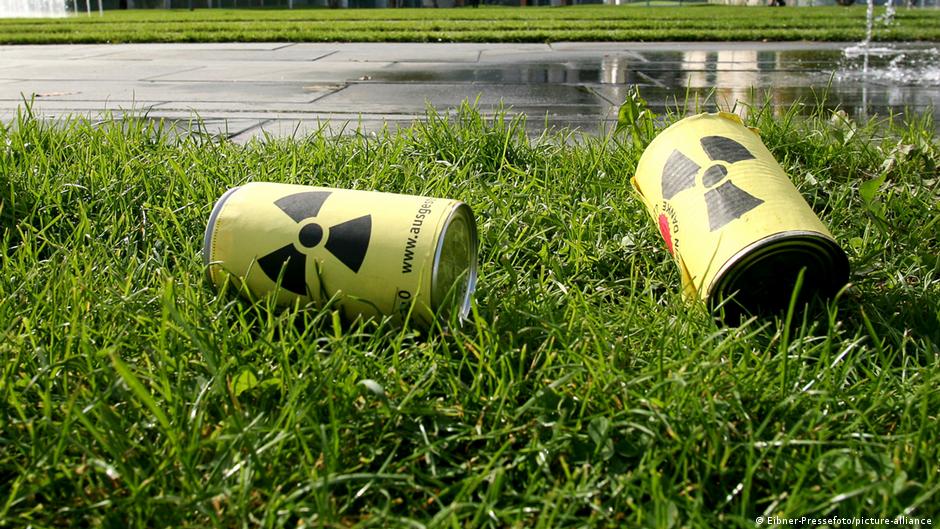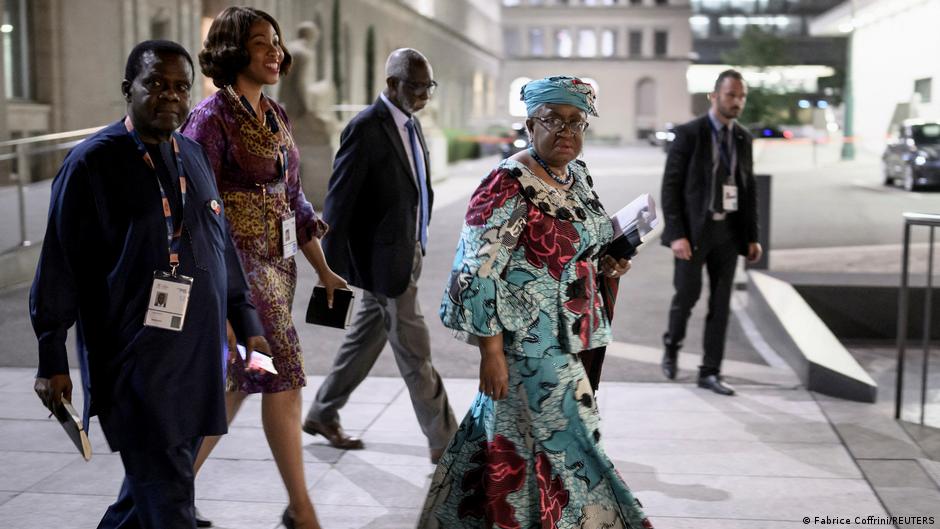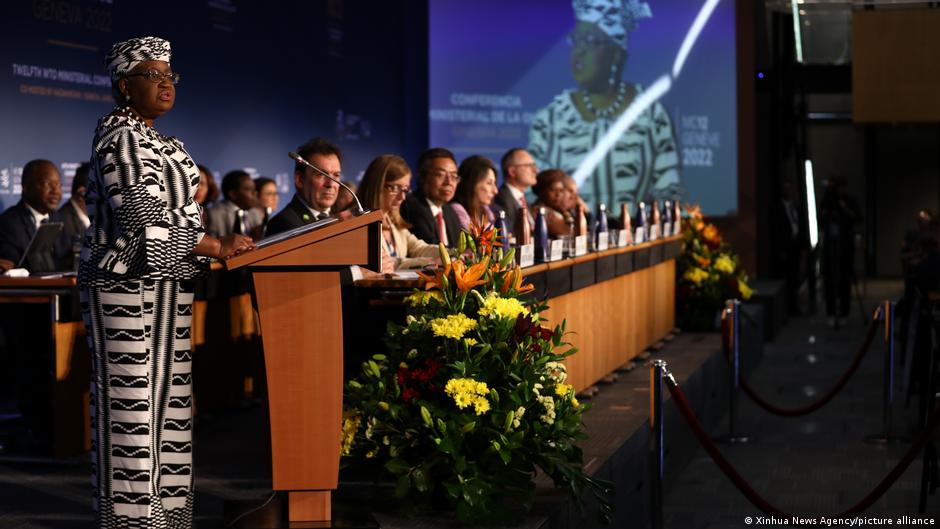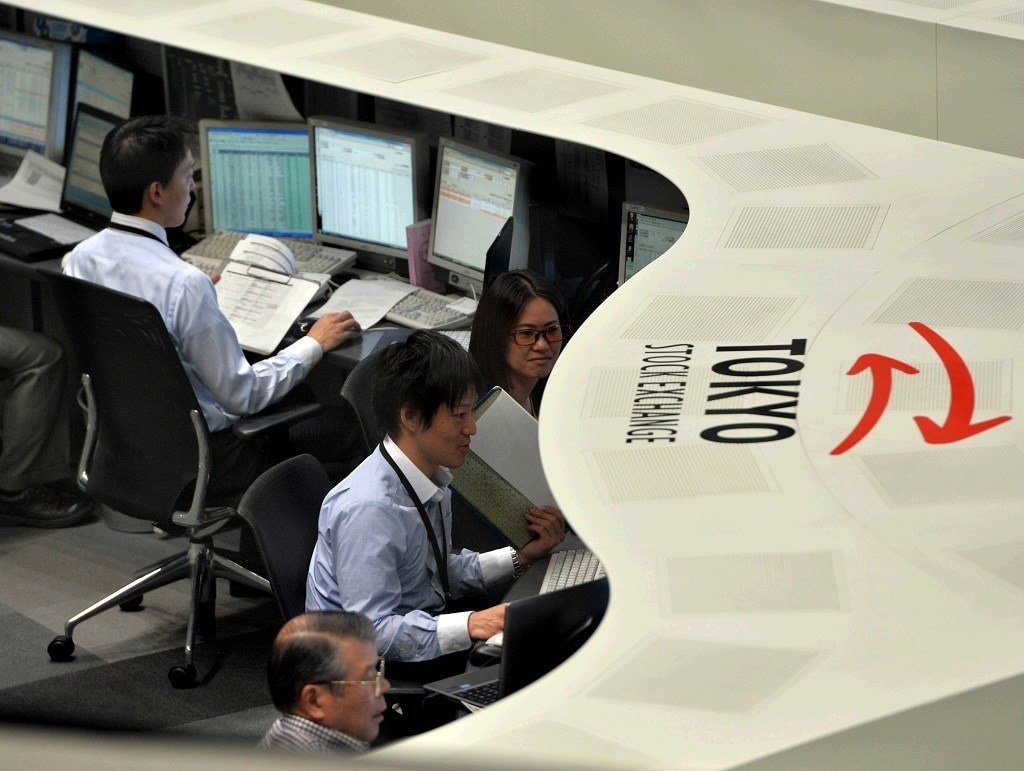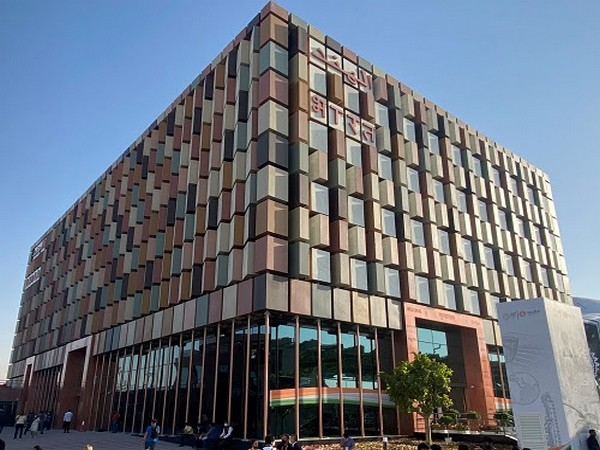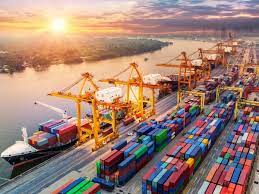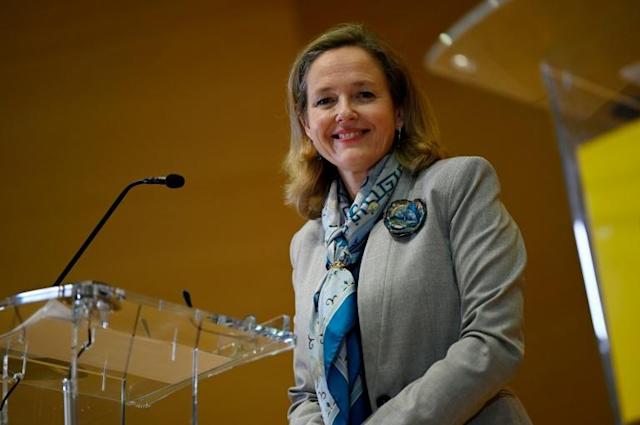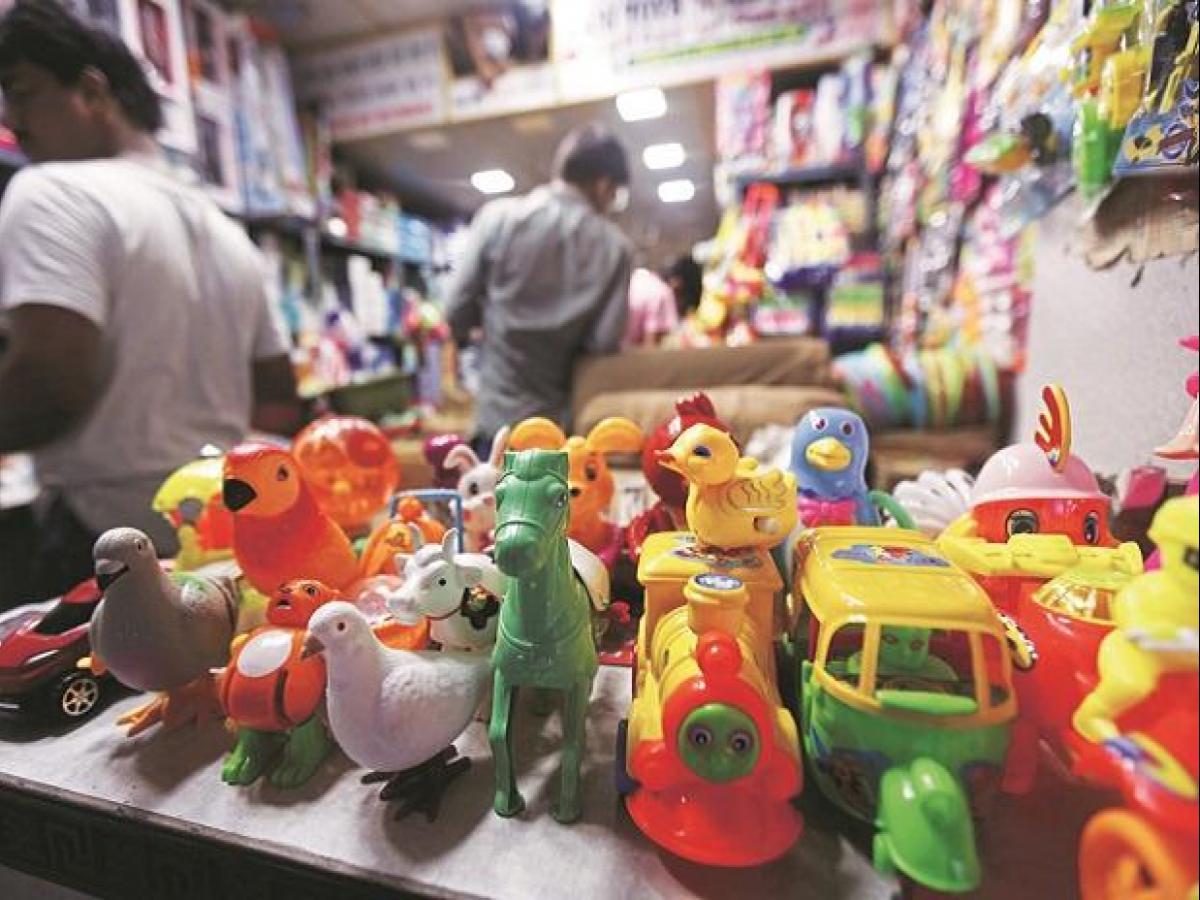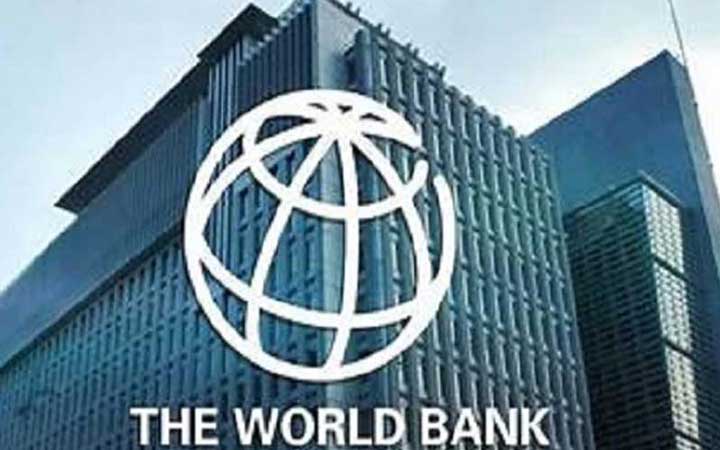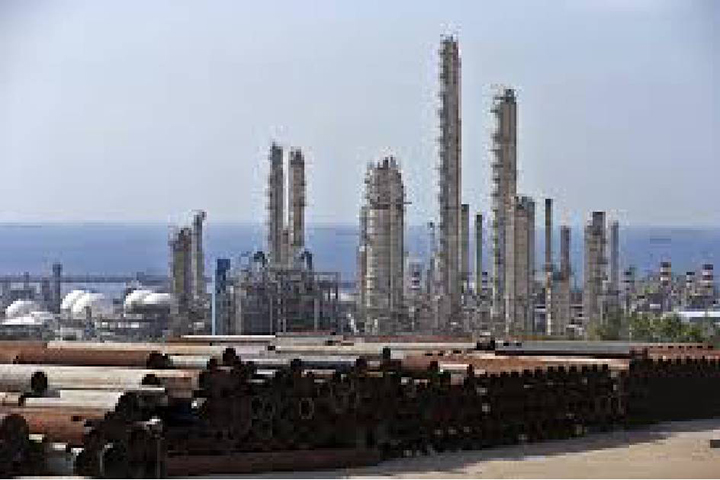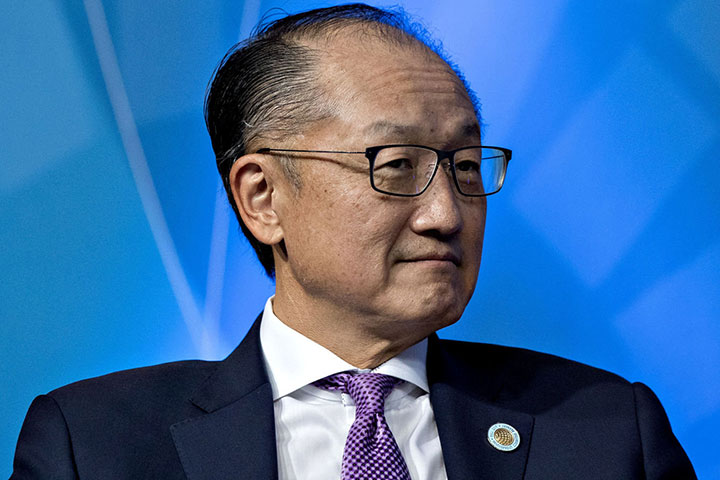The World Trade Organization has concluded a string of landmark deals, including agreements to improve food security and boost coronavirus vaccine production in the developing world. Ministers at World Trade Organization talks struck a bundle of deals, including one on measures to reform the 27-year-old global trade body itself.
WTO director-general Ngozi Okonjo-Iweala said the trade ministers had agreed to an unprecedented package of deliverables that would make a real difference in people’s lives. The WTO has heralded the deal as showing a new sense of cooperation at a time of multiple crises, including the war in Ukraine and the aftermath of the COVID pandemic. Not in a long while has the WTO seen such a significant number of multilateral outcomes, said Okonjo-Iweala, who has held the role for 15 months.
The outcomes demonstrate that the WTO is in fact capable of responding to emergencies of our time.
Agreement on sustainable fishing
The conference’s flagship issue was the fisheries deal, and this was the last one that ministers were able to get across the line. It was the culmination of negotiations to ban subsidies that encourage overfishing, which have been ongoing at the WTO since 2001. The text, aimed at making the planet fish stocks more sustainable, was watered down compared to the original. However, Okonjo-Iweala insisted it was better to reach an agreement rather than continue negotiations for years to come.
COVID vaccine waiver
A second major issue on the table was an agreement to waive intellectual property protections for COVID-19 vaccines, allowing developing countries to produce and export them. That agreement was also diluted as a compromise to certain countries such as the UK and Switzerland, which host big pharmaceutical sectors. Okonjo-Iweala said the compromise would contribute to ongoing efforts to concentrate and diversify vaccine manufacturing capacity so that a crisis in one region does not leave others cut off. However, medical advocacy group Doctors Without Borders (MSF) called the deal a devastating global failure for people’s health worldwide. The group said it along with some 150 other civil society organizations had urged the ministers not to accept the current text and demand an effective and meaningful one instead. The main concern was that the current agreement did not apply to all medical tools, including treatment and testing. MSF also says that even the waiver on vaccines barely expands an existing exemption.
What else was discussed?
Delegates agreed to an approach for implementing urgent reforms on the way the WTO works, although the declaration was lacking in detail. It stressed the importance of supporting the participation of developing nations in international trade, and of giving special consideration to their needs. The meeting also agreed to lift export restrictions that have impacted on the UN’s World Food Program. The mission is seeking to curb the impact of rising food prices and fallout from Russia’s war in Ukraine, particularly when it comes to shipments of wheat. In addition, ministers reached a deal to extend a moratorium on imposing customs duties on e-commerce transactions.
Who is Okonjo-Iweala?
Okonjo-Iweala, who took over the role in March 2021, is a former foreign and finance minister of Nigeria. She has positioned herself as someone who can get business done. I prefer to talk less and do more, she said Friday. The last ministerial conference was in Buenos Aires in December 2017. It was largely seen as a failure after no heavyweight deals were agreed upon. The talks in Geneva home to the WTO began on Sunday and had been scheduled to finish on Wednesday. Instead, the ministers completed two straight nights of talks finally agreeing the package at 5 a.m. (0300 GMT/UTC) on Friday. The 164-member WTO was formed in 1995 to establish, revise and review the rules that govern international trade. It accounts for some 98% of global trade.
- Dhaka Fri, 10 MAY 2024,

 Live Tv
Live Tv
